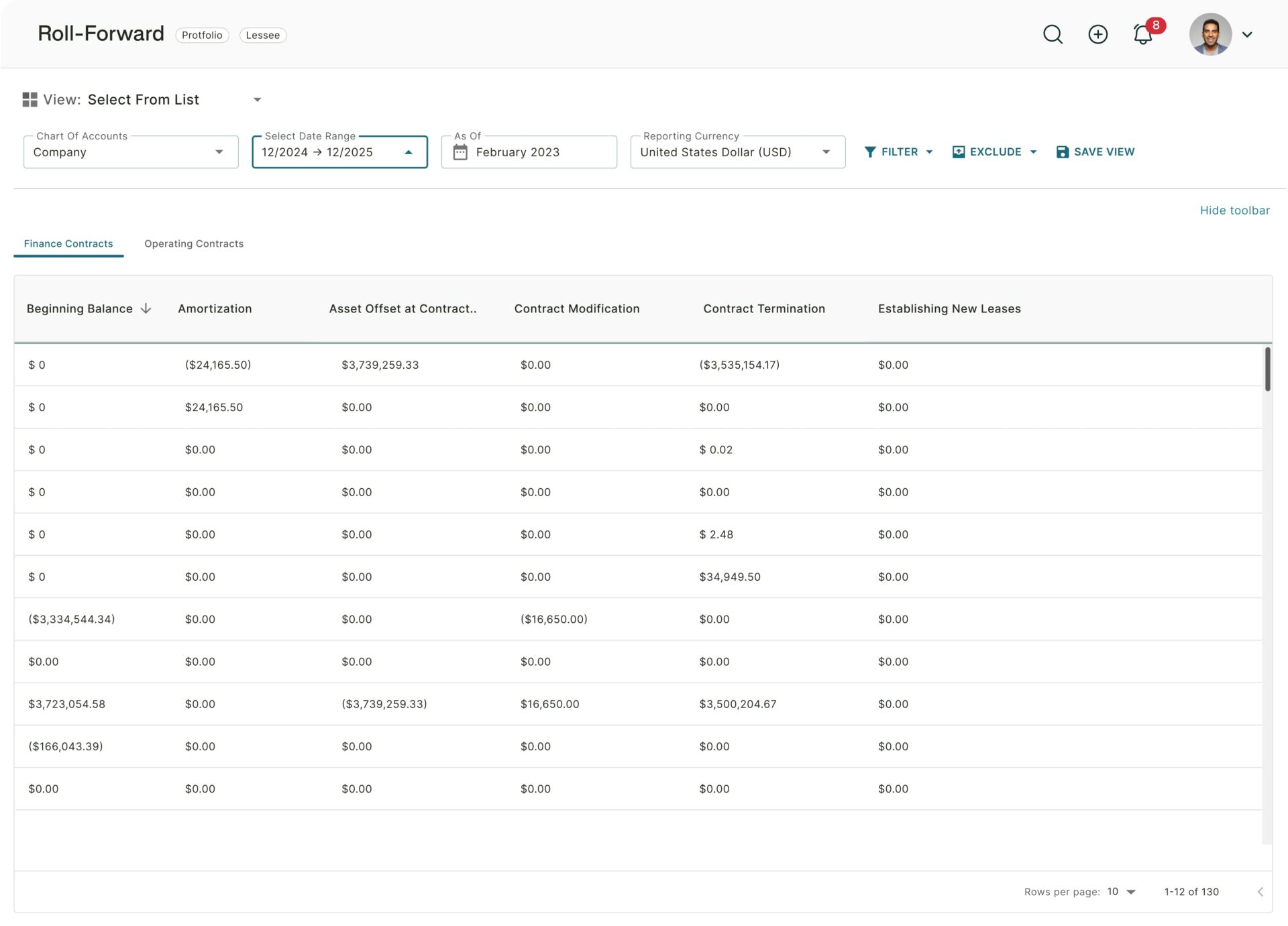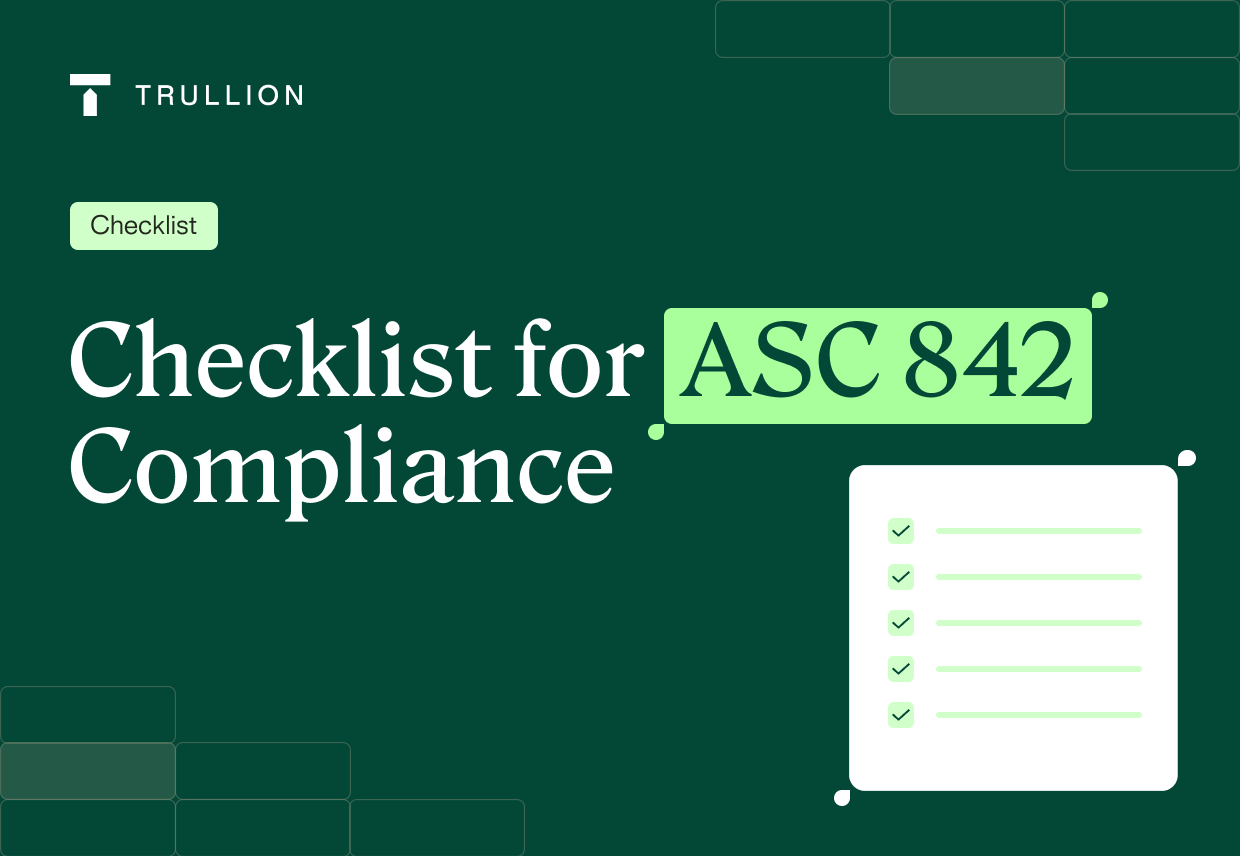- Assemble strategic team to set out requirements, goals, and timelines
- Establish contact with other executives who might be relevant to the transition process
- Share the likely impact of the implementation of ASC 842 with relevant stakeholders
- Engage with auditors as early as possible
Getting Started
Evaluate solutions
- Evaluate solutions
- Ensure chosen solution contains latest available features such as OCR (optical character recognition) and AI-enhanced automation capabilities
- Ensure solution chosen is automatically updated with ongoing changes to ASC 842
- Confirm that technology solution chosen will save your team time and effort, and not cost additional time and effort
- Establish timeline for training on new accounting software
Final Steps
- Finalize the company’s relevant accounting policies
- Establish the necessary internal controls – such as approval for new leases, and internal communication regarding possible lease modification
- Perform the primary technical accounting analysis, including calculating and documenting the Incremental Borrowing Rate (IBR)
- Create new ledger accounts
- Gather all lease contracts and contracts that may contain leases, per the standard’s definition
- Re-engage with relevant executives and departments heads regarding the potential for leases that may have been missed, such as embedded leases
- Go over ledger accounts for evidence of any leases that may have been missed (such as regular expense payments)
- Upload leases into relevant lease accounting platform
- Double-check all journal entries
- Ensure satisfaction with disclosure (both qualitative and quantitative)
- Schedule time for post-implementation review to ensure ongoing compliance





